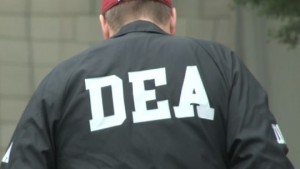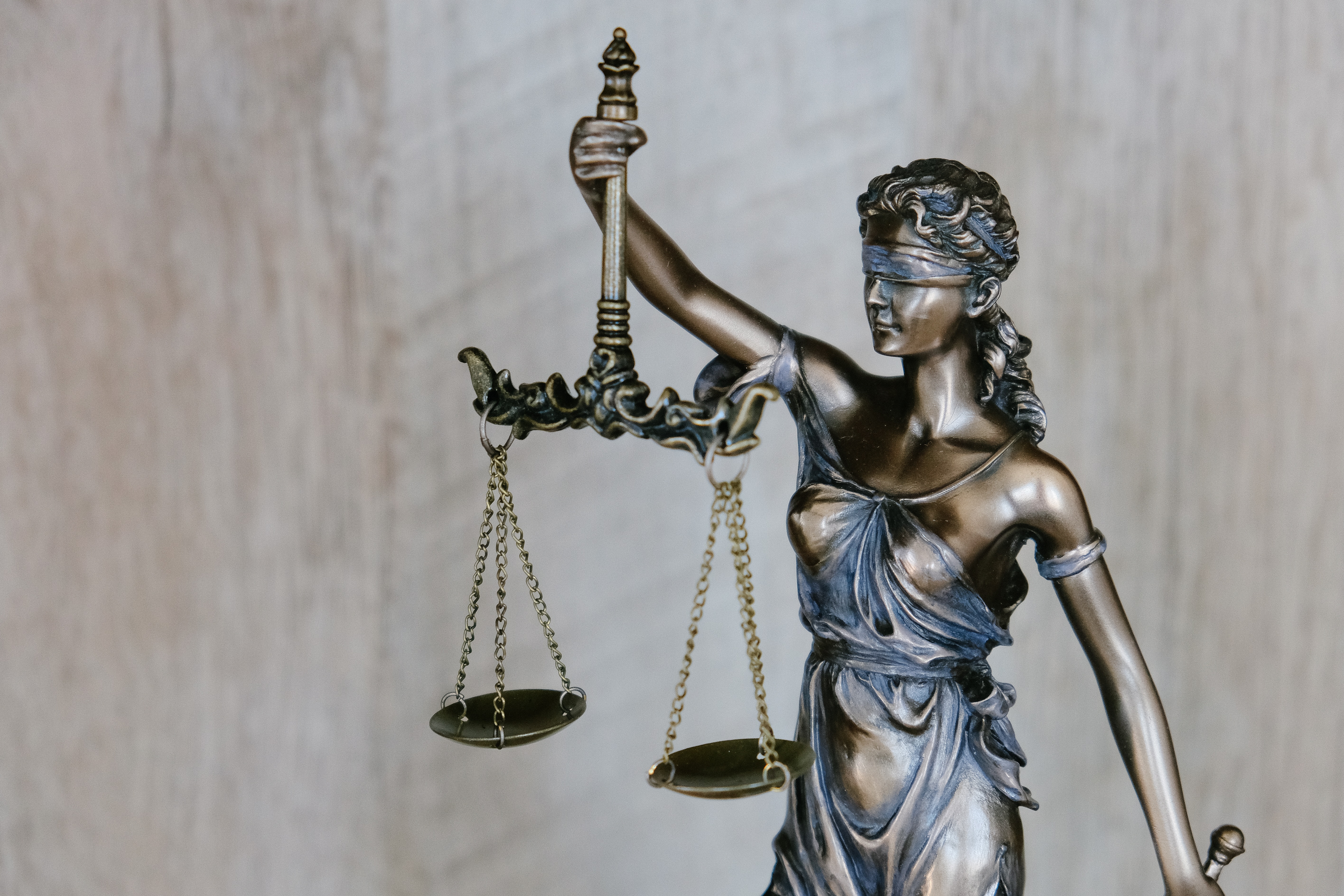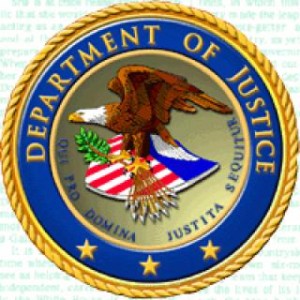VIRGINIA
A former Drug Enforcement Administration public affairs officer was sentenced this week to seven years in prison for defrauding at least a dozen companies of over $4.4 million, according to federal officials.
Garrison Kenneth Courtney posed falsely as a covert officer of the CIA, authorities stated.
 According to court documents, Courtney, 44, of Tampa, Florida, falsely claimed to be a covert officer of the CIA involved in a highly-classified program or “task force” involving various components of the U.S. Intelligence Community and the Department of Defense.
According to court documents, Courtney, 44, of Tampa, Florida, falsely claimed to be a covert officer of the CIA involved in a highly-classified program or “task force” involving various components of the U.S. Intelligence Community and the Department of Defense.
According to the false story told by Courtney, this supposed classified program sought to enhance the intelligence-gathering capabilities of the U.S. government.

In truth, Courtney had never been employed by the CIA, and the task force that he described did not exist, officials stated.
“Courtney – along with his five aliases – will now spend the next seven years in federal prison for his deceitful and felonious criminal conduct,” said U.S. Attorney Zachary Terwilliger.
Adding, “Courtney’s brazen and salacious fraud was centered on the lie that he was involved in a highly-classified intelligence program and that he was a covert CIA officer engaged in significant national security work. In fact, Courtney never worked for the CIA, the supposed classified program did not exist, and Courtney invented the elaborate lie to cheat his victims out of over $4.4 million. I want to commend the trial team and their extraordinary efforts in untangling this complex fraud, and thank our many law enforcement partners who helped bring Courtney to justice.”
 “Courtney wove an expansive web of lies by posing as a covert CIA officer working on a classified program. Courtney’s brazen scheme and manipulation was fueled by his own greed, all while invoking the secrecy of ‘national security’ to hide his lies,” said FBI Assistant Director in Charge Steven D’Antuono.
“Courtney wove an expansive web of lies by posing as a covert CIA officer working on a classified program. Courtney’s brazen scheme and manipulation was fueled by his own greed, all while invoking the secrecy of ‘national security’ to hide his lies,” said FBI Assistant Director in Charge Steven D’Antuono.
 To accomplish the fraud, Courtney approached numerous private companies with some variation of this false story, and claimed that the companies needed to hire and pay him to create what Courtney described as “commercial cover,” i.e., to mask his supposed affiliation with the CIA.
To accomplish the fraud, Courtney approached numerous private companies with some variation of this false story, and claimed that the companies needed to hire and pay him to create what Courtney described as “commercial cover,” i.e., to mask his supposed affiliation with the CIA.
Courtney also fraudulently claimed that the companies would be reimbursed in the future for these salary payments, sometimes by the award of lucrative contracts from the United States government in connection with the supposedly classified program.
Courtney went to extraordinary lengths to perpetuate the illusion that he was a deep-cover operative.
Among other things, he falsely claimed the following:
- That his identity and large portions of his conduct were classified; directed victims and witnesses to sign fake nondisclosure agreements that purported to be from the U.S. government and that forbade anyone involved from speaking openly about the supposedly classified program;
- Told victims and witnesses that they were under surveillance by hostile foreign intelligence services
- Made a show of searching people for electronic devices as part of his supposed counterintelligence methods
- Demanded that his victims meet in sensitive compartmented information facilities to create the illusion that they were participating in a classified intelligence operation
- Repeatedly threatened anyone who questioned his legitimacy with revocation of their security clearance and criminal prosecution if they “leaked” or continued to look into the supposedly classified information.
- Courtney further created fake letters, purporting to have been issued by the U.S. Attorney General, which claimed to grant blanket immunity to those who participated in the supposedly classified program.
- As a further part of the scheme, Courtney created a fraudulent backstory about himself, claiming that he had served in the U.S. Army during the Gulf War, had hundreds of confirmed kills while in combat, sustained lung injuries from smoke caused by fires set to Iraq’s oil fields, and that a hostile foreign intelligence service had attempted to assassinate him by poisoning him with ricin. All of these claims were false.
Courtney also convinced several real governmental officials that he was participating in this “task force,” explained that they had been selected to participate in the program, and then used those officials as unwitting props falsely to burnish his legitimacy.
For example, he directed his victims to speak with these public officials to verify his claims, and separately instructed the government officials as to exactly what to say.
Courtney thereby created the false appearance to the victims that the government officials had independently validated his story, when in fact the officials merely were echoing the false information fed to them by Courtney.
At times, Courtney also convinced those officials to meet with victims inside secure government facilities, thereby furthering the false appearance of authenticity.
Through the scheme, Courtney also fraudulently gained a position working as a private contractor for the National Institutes of Health (NIH) Information Technology Acquisition and Assessment Center (NITAAC), a branch of the NIH that provides acquisition support services to federal agencies.
Once he had installed himself at NITAAC, Courtney gained access to sensitive, nonpublic information about the procurements of other federal agencies being supported by NITAAC.
Courtney thereafter used that information to attempt to corrupt the procurement process by steering the award of contracts to companies where he was then also on the payroll and used the false pretext of national security concerns to warp the process by preventing full and open competition.
When law enforcement disrupted his scheme, Courtney actively was seeking to corrupt over $3.7 billion in federal procurements.
Courtney also sought to use the actual and apparent power of the government to execute and protect his scheme and to attempt to defeat law enforcement’s investigation, according to federal officials.
Among other things, Courtney caused the following through his actions:
- A public official to attempt to prevent a private company from responding to a grand jury subpoena
- Caused a civilian attorney with the Air Force to contact one of the prosecutors on the case in an attempt to read that prosecutor in to the bogus program, thereby freezing the investigation
- Caused a public official to threaten FBI agents investigating this case with themselves being prosecuted if they did not drop the investigation
- Falsely told victims who had questioned his legitimacy that they were about to be arrested by the FBI for supposedly leaking classified information
- Used unwitting public officials to feed the names of innocent witnesses to the FBI, in the hopes that the FBI would seek to prosecute those innocent persons for supposedly leaking classified information, thereby diverting attention from himself
- Sought to have real public officials issue and sign a “classification guide” for the bogus program, a document that would have set forth the rules and standards by which information acquired as a part of a governmental program is classified.


